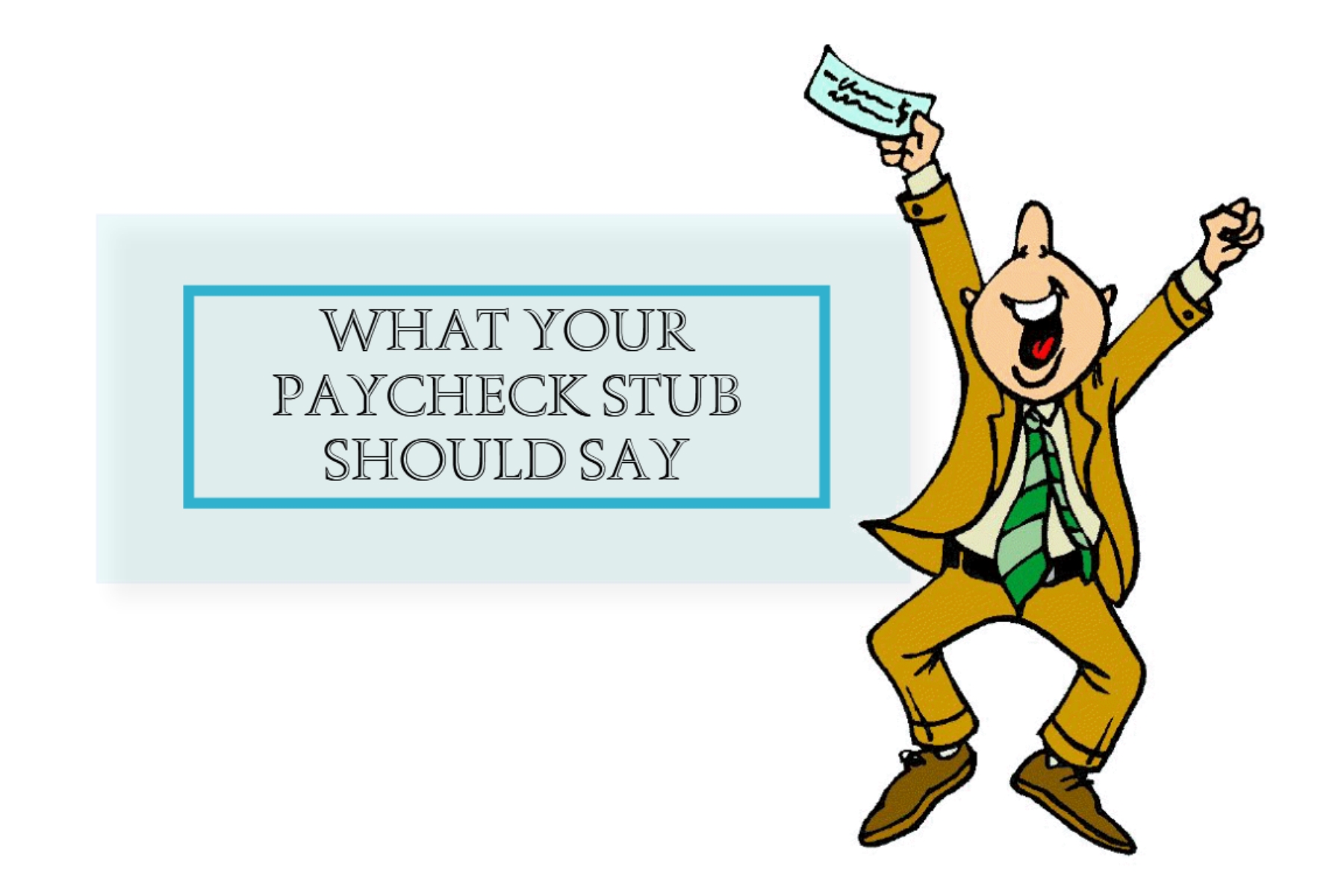How much information must be included on a paycheck stub?
California Labor Law requires every employer to furnish each of its employees with an itemized written statement semimonthly or at the time of each wage payment. The statement can be a detachable part of the check or may be furnished separately. It must be accurate and show the following:
(1) Gross wages earned;
(2) Total hours worked by each employee;
(3) The number of piece-rate units earned and any applicable piece rate if the employee is paid on a piece-rate basis;
(4) All deductions;
(5) Net wages earned;
(6) The inclusive dates of the period for which the employee is being paid;
(7) The employee's name and identification number or the last four digits of the employee's social security number;
(8) The name and address of the legal entity that is the employer; and
(9) All applicable hourly rates in effect during the pay period and the corresponding number of hours worked at each hourly rate by the employee.
10) Sick leave accrual
There are many ways that employers can comply with this standard. Those employers who are great with numbers and details can produce an accurate paycheck stub without much challenge. However, many employers may need the assistance of an accountant or payroll processing company.
It is important that even the smallest employers know and comply with this and all other employment and labor laws.
The playground bully of your childhood often grows up to be a workplace bully.
Did you know that 1/4 of all adults claim to have experienced workplace bullying?
The Workplace Bullying Institute (UBI) defines bullying as: "repeated, health-harming mistreatment of one or more persons (the targets) by one or more perpetrators. It is abusive conduct that is (1) threatening, humiliating or intimidating, or (2) work interference - sabotage - which prevents work from getting done, or (3) verbal abuse. It is driven by the "perpetrators' need to control the targeted individual(s)." (UBI, 2014)
Usually bullying is not based on age, race or the usual discrimination suspects. It is individualized. Most commonly, the bully is threatened or jealous of the abilities or accomplishments of the target. The target is often the most knowledgeable person in a department and usually has skills and abilities that exceed those of the bully. The bully takes every underhanded or openly aggressive step to bring down, intimidate, humiliate, outsmart or outshine the target.
The New York Times found that 60% of workplace bullies are men, and they tend to bully women and men equally. In contrast, women tend to bully women most frequently.
Bullying is damaging to workers and to the business itself. Damaging effects on workers including stress, absenteeism, anxiety and high blood pressure. The business suffers from bullying due to high turnover, low productivity and difficulty attracting good employees because the word is out about the toxic workplace.
Employers often find it difficult to confront the bully. It's likely they have also been badgered by the bully.
So what should an employer do to prevent bullying?
1. Check your culture. Is competition such and important and inherent part of your workplace that employees will do anything to win?
2. Prepare and distribute a good anti-bullying policy which describes what constitutes bullying, how bullying should be reported and the consequences of bullying.
3. Provide an open door for bullying complaints.
4. Take all bullying complaints seriously and investigate all allegations.
5. Take immediate remedial action if bullying is identified.
6. Conduct periodic training on bullying.
Workplace bullying must now be included in your company's discrimination and harassment policies and training.
